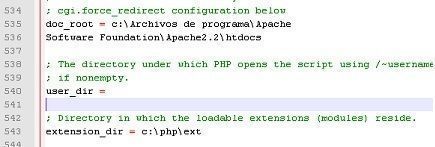

OWBasic, a third party add-in, provided the easy to learn and use BASIC interpreted programming language on the hand-helds, expanding their functionality to also being programmable hand-held calculators/computers. During 2005-2010, the second hand market was on the wane.

User forums such as, , and pocketviewer webrings flourished in their time and have since closed.

In time, a small user base who created and made their add-in applications available on-line for free or for profit emerged. Using the SDK users could create their own applications called add-ins, which could be downloaded to the pocket viewer using the synchronization software. Except for PV-S1600 which used Universal Serial Bus (USB) 1.0, all the other pocket viewers used a COM ( RS-232) port to communication between a personal computer and the pocket viewer.Ĭasio made the pocket viewer SDK available. The specifications stated that it could function for 50 hours on alkaline batteries without use of back-light. When not actively being used the pocket viewer switches off the display and goes into power saving mode. Pocket viewers used conventional 2 x AAA batteries and under normal use a completely charged battery lasted around 2 months. A third party GPL addin PVMerlin may have attempted to provide hand writing recognition. The pocket viewer did not have in-built hand writing recognition support. Text was entered via an on-screen keyboard. Clicking on the icon starts the application. The starting interface consisted of a scrollable two column list of icons. The standard applications available on the pocket viewer include Expense, PVsheet, Quickmemo, Contacts, Scheduler, ToDo list, Reminder/Calendar and Alarm. The short-cuts include off, back-light, Scheduler, Contacts, Quick Memo, Sync Start, Escape, Menubar. The lower most part of the LCD had quick short cuts to the standard applications permanently indicated. Towards the bottom of the LCD there were a few navigation keys. The face of the device was almost entirely covered by a monochrome liquid crystal display. The pocket viewers, weighing under 5 ounces, were light and portable. They were priced under $200 at first release. The pocket viewers competed directly with the then market leader in the segment the Palm-pilots. The functionality of the pocket viewers extended beyond the digital diary segment and targeted consumers who needed more compute power in their personal organizers. Both models ran Casio's proprietary OS 'CASIO PVOS'. Later models used Hitachi processors from the SuperH family. Early models used Intel x86 based processors (manufactured by NEC). Pocket Viewer was a model range of PDAs from Casio.


 0 kommentar(er)
0 kommentar(er)
